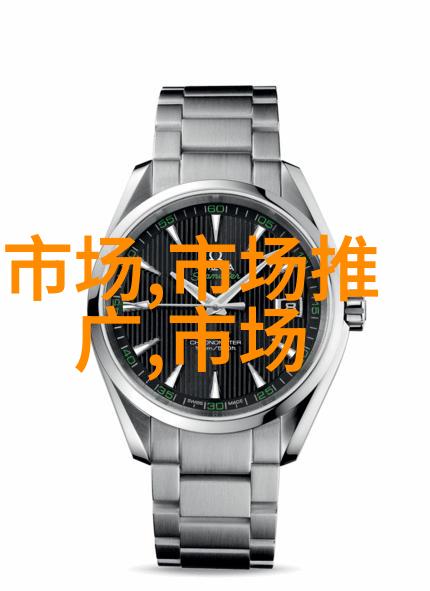紫光展锐如何借助5G和AI扩大生态集成电路工资高潮引社会关注
在5G和AI技术迅速发展的时代,许多公司正寻求新的增长点。紫光展锐作为一家领先的半导体制造商,其客户数量已超过6000家。为了继续快速扩大其生态系统,紫光展锐正在利用5G和AI技术。

在2020年秋季发布会上,紫光展锐CEO楚庆强调了公司的核心理念:“打造人民的数字世界是我们一切产品构建的核心理念,我们希望人人都能用得起、处处都好用。”他还指出,“连接”和“智能”将成为未来科技发展的两大方向,并且这两个元素将在所有产品中普遍存在。
对于5G技术,紫光展锐已经取得了一定的领先地位。尽管其5G芯片商用的速度可能不如其他供应商,但其产品对5G技术的普及有着重要意义。这有助于帮助紫光展锐实现其在5G领域的领导地位。

除了手机终端外,智能可穿戴设备也是一个关键市场。在此背景下,purple light, a leading semiconductor company, has released a new generation of NB-IoT chip V8811. This chip supports the latest 3GPP R16 standard and can coexist with 5G NR networks and access the 5G core network.
The V8811 chip is designed to bring low-power wide-area networking (LPWAN) products into the 5th generation (i.e., IoT). It supports TEE+ national cryptographic algorithms and reduces power consumption by 50% compared to previous generations. The chip is expected to be widely used in remote meter reading, smart parking, intelligent agriculture, and other vertical industries.

In addition to its industrial-grade chips, purple light also unveiled its first automotive-grade dual-frequency high-precision positioning SoC A2395. This SoC supports dual-frequency multi-mode GNSS L1 + L2 positioning and provides centimeter-level accuracy. The precision is improved by up to ten times compared with single-frequency products.
Purple Light's automotive-grade chips are designed for applications such as smart phones, wearable devices, smart helmets, intelligent transportation systems (ITS), logistics tracking systems (LTS), fire protection systems (FPS), agricultural monitoring systems (AMS), vehicle telematics services (VTS), etc.

The company's focus on AI technology has also been highlighted in recent releases. For example, Purple Light's latest flagship smartwatch platform W517 features advanced AI capabilities that enable better performance management without additional hardware costs or space requirements.
As the world continues to embrace digital transformation driven by AI and IoT technologies, companies like Purple Light are poised to capitalize on these trends while addressing pressing issues such as rising labor costs in the semiconductor industry



